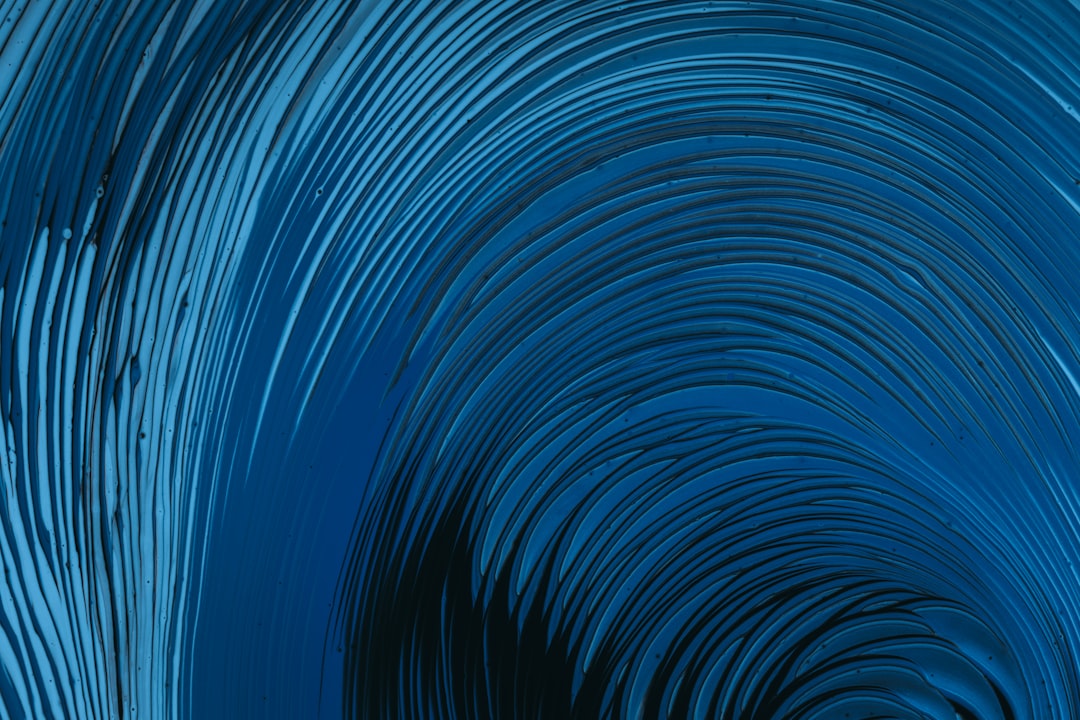What is it about?
We most commonly experience waves as wind waves (the kind that you see at the beach). These are waves which form on the interface between the ocean (water) and the atmosphere (air). But there are other interfaces internal to the ocean, between less dense water at the surface (which is usually warm) and more dense water at depth (which is usually cold). On these interfaces, waves up to 300m high can form, we call these waves Internal Waves. We studied these waves as they travelled over slopes, and identified that the dynamics they show change depending on how the water column is stratified, as well as the wave's steepness (it's amplitude / length) and the slope.
Featured Image

Photo by Jeremy Bishop on Unsplash
Why is it important?
Internal Waves can alter the transport of sediments, impact marine ecosystems through the spread of marine larvae and nutrients, and affect the distribution of heat in the marine environment. This work is a step towards understanding how these things will be affected by shoaling waves under different scenarios.
Perspectives
The experiments presented in this paper were the first time I watched these abstract sounding "internal waves" come to life in the laboratory. Whilst COVID lockdowns posed challenges in accessing the laboratory to carry out experiments, it presented the opportunity to explore the SPINS numerical model and develop a fruitful collaboration with our co-authors.
Samuel Hartharn-Evans
Newcastle University
Read the Original
This page is a summary of: Stratification effects on shoaling internal solitary waves, Journal of Fluid Mechanics, December 2021, Cambridge University Press,
DOI: 10.1017/jfm.2021.1049.
You can read the full text:
Resources
Contributors
The following have contributed to this page










